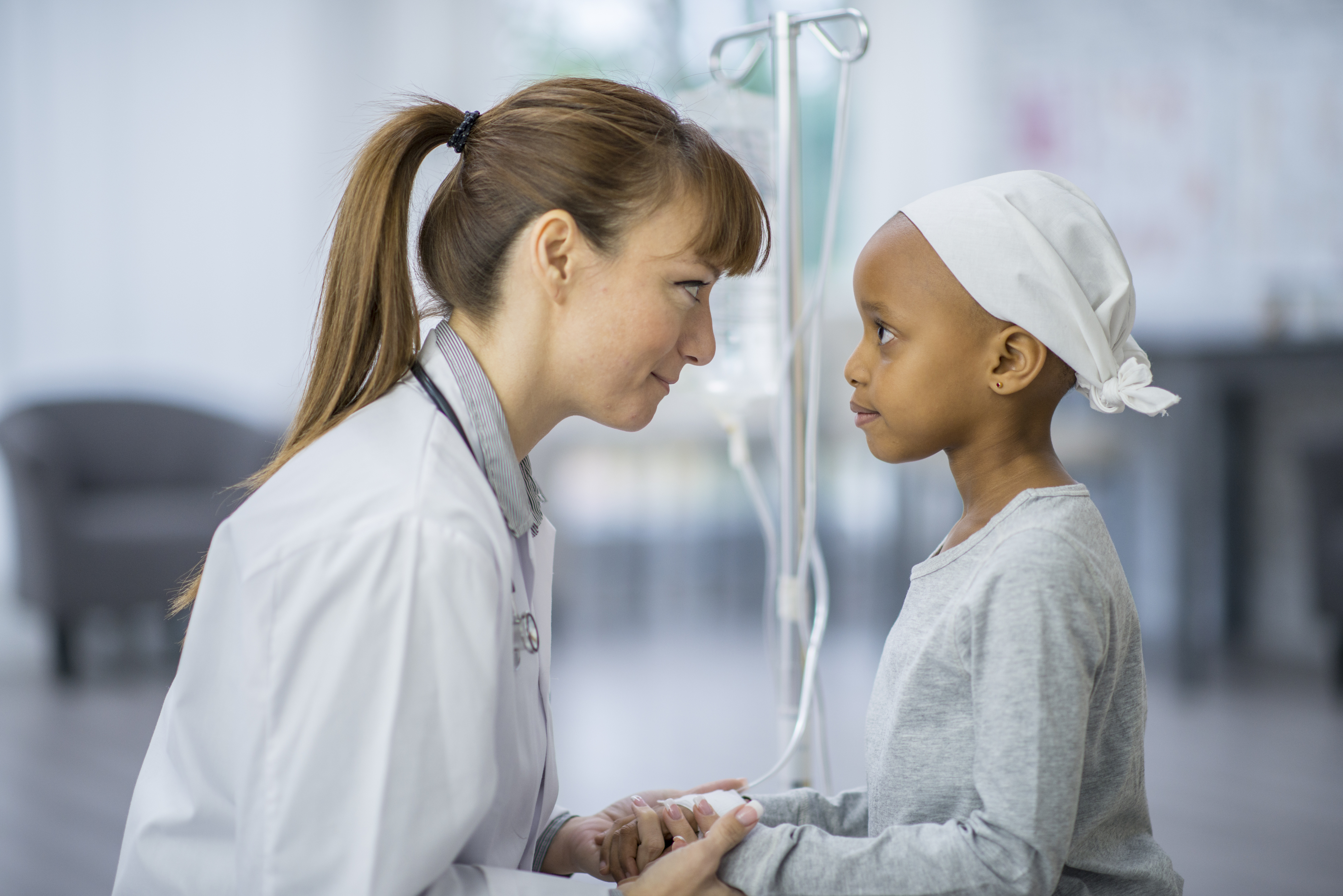Children treated for acute lymphoblastic leukemia (ALL) are at risk of developing secondary cancers. Regular follow-up after treatment is important so that your child's doctor can check for any early signs of these cancers.
Secondary leukemias
While on chemotherapy, your child takes medicines that damage the DNA inside leukemic cells. These drugs include alkylating agents or topoisomerase inhibitors. One example is Cyclophosphamide, which is used in consolidation and delayed intensification phases for acute lymphoblastic leukemia (ALL). They may also damage the DNA of healthy blood cells, causing leukemia for a second time.
Secondary cancers after radiation therapy
After receiving radiation, several factors including the dose and site of radiation influence of child’s risk of developing a secondary cancer.
Brain tumours
Children with high-risk ALL may be treated with radiation that is directed towards their central nervous system (CNS). The radiation can disrupt cells that surround the CNS, causing brain tumors such as meningioma.
For more information, please visit the Brain Tumour Learning Hub.
Skin cancer
Skin cancer starts from skin cells. The cancer tends to form on the face, ear, neck, lips and the backs of hands. If your child received radiation, the cancer can form on areas where your child was irradiated. It can grow quickly or slowly, but rarely spreads to other parts of the body.
Thyroid cancer
The thyroid gland is located in the neck. Radiation can also damage cells inside the thyroid, causing cancer. Generally, thyroid cancers can be cured.
